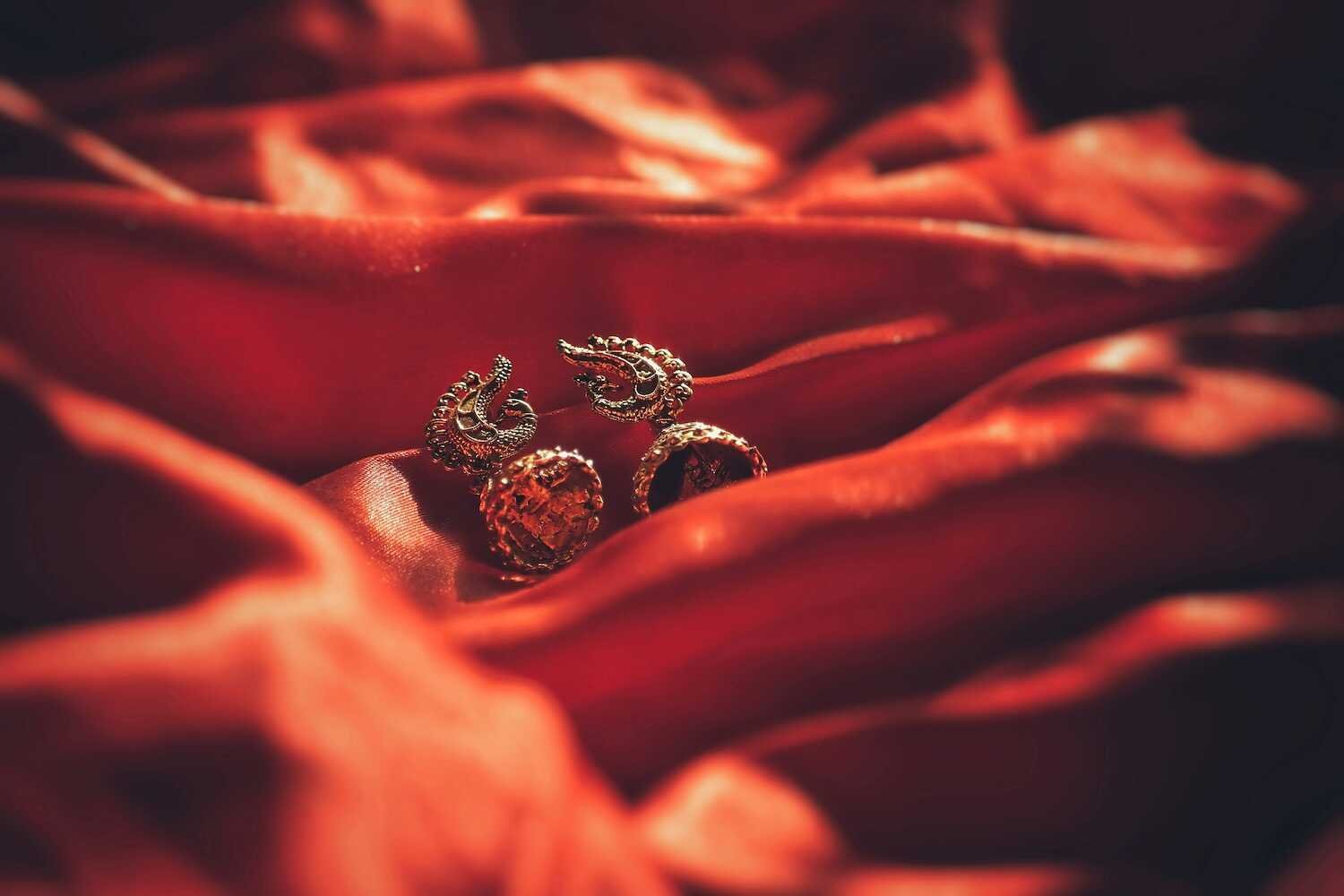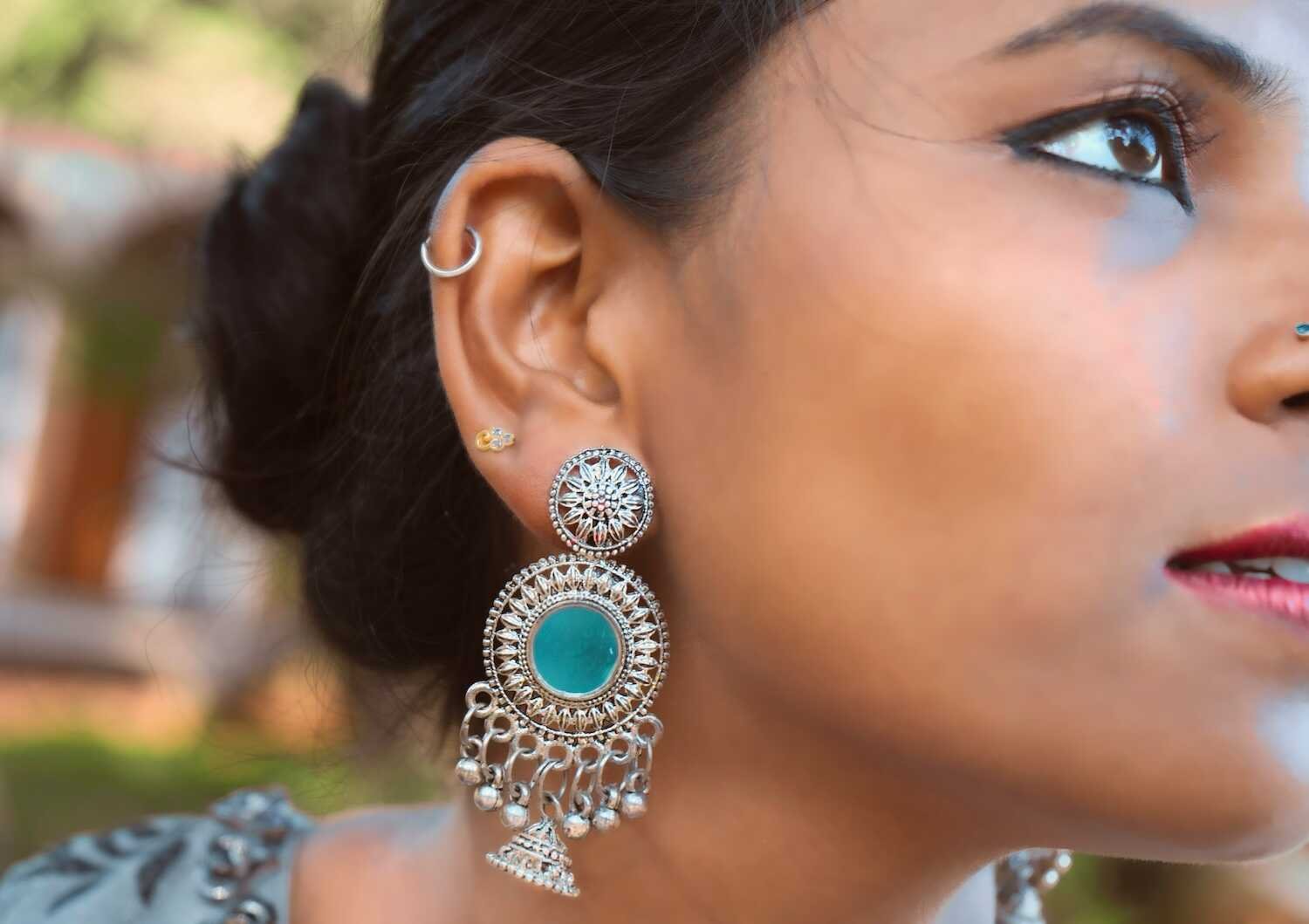Heritage Chic: Infusing Cultural Heritage Into Fashion-Forward Jewelry
For many centuries, fashion has remained a powerful tool for expressing cultural identity. One of the most effective ways of portraying heritage through the lens of fashionable items remains jewelry. In the highly globalized society of the 21st century, this trend is particularly prevalent: the phenomenon known as heritage chic is defined as jewelry made with centuries-old techniques becoming part of everyday wear.
In this article, we explore how jewelry designers use the idea of cultural heritage for designing fashionable jewelry and discuss how history, symbolic meanings for specific cultures, and creativity interrelate to produce jewelry items that might resonate with diverse audiences.
Honoring Tradition: Traditional Craftsmanship in Modern Designs
What distinguishes heritage chic jewelry is its adherence to classic craftsmanship. Jewelry designers are inspired by archaic methods and materials, like filigree, handwoven cloths, heavy-metal artwork, and others, to create a genuinely vintage vibe that is second to none. By maintaining these old-fashioned methods, designers honor their history, but they also guarantee that antique craftsmanship endures long enough to pass on to the next generation.
Pearl jewelry is an example of how modern design can be merged with classic craftsmanship in the area of heritage chic. The striking design of the pearls and the trendsetting use of 18k or 14k gold as well as sterling silver fill consumers with reverence for history. Whether the pearls are a centerpiece or a part of a more complex design, the jewelry tells a narrative of civilization and recognition of the gem’s variety and long-term sustainability.
Symbolism and Storytelling: Narratives Woven Into Jewelry
Each piece of heritage chic jewelry tells its own narrative through symbolism and storytelling - weaving symbols, motifs, and stories from across diverse cultural heritages into the intricate fabric of its design. Asian cultures use lotuses as a sign of purity while Mediterranean traditions use images such as an evil eye motif to deflect negative energies away.
By including such symbols in their designs, jewelry designers create pieces that connect wearers more directly to both their heritage and universal symbolism.
Innovation Meets Tradition: Modern Techniques and Materials
Although heritage chic jewelry is of traditional beauty and charm, innovation contributes to breaking boundaries and adding contemporary appeal. Designers engage in experimentation with modern technologies, including 3D printing, laser cutting, and digital modeling for more ambitious designs. Thus, modern and innovative design practices combine with classic craftsmanship to reveal the designers’ creativity in a novel formula mixing tradition with innovation.
The latter has also been transferred to materials. Sustainable jewelry is created from recycled metals and jewels, along with the employment of eco-friendly alternatives as a result of modern consumers’ values of ethical consumption.
Global Influences: Cross-Cultural Fusion in Jewelry Design
One of the hallmarks of heritage chic jewelry lies in its ability to transcend borders and embrace multiple cultural influences, with designers often drawing elements from several traditions together into unique fusion pieces that celebrate global heritage.
As an example, a necklace might combine African beadwork techniques with Japanese metalworking processes for an exciting combination of colors, textures, and craftsmanship from different traditions - creating a stylish cross-cultural dialogue that not only enriches the design landscape but also fosters cultural appreciation and understanding.
Empowering Identity: Personalized and Customized Jewelry
The global jewelry market is expected to reach $357.20 billion in 2028. In today's age of mass production, personalized and customized jewelry provides individuals a way to assert their heritage and identity with unique pieces that reflect cultural backgrounds; often including family heirlooms, meaningful symbols, or personal narratives as part of the design process.
This tailored approach not only fosters deep emotional ties but also empowers wearers, encouraging them to embrace and celebrate their heritage through jewelry pieces that stand as testimony to their individual stories and legacy.
Sustainable Innovation: Eco-Friendly Practices in Heritage Chic Jewelry
As environmental concerns increase, heritage chic jewelry designers embrace sustainable practices to reduce their ecological impact and ensure each piece meets both aesthetics and sustainability criteria. They prioritize using recycled metals, ethically sourced gemstones, and eco-friendly materials in each design to produce pieces that not only look stunning but are also environmentally conscious.
Heritage chic jewelry sets an example for responsible consumption by adopting sustainable innovations that benefit both designers and customers equally. By adopting such initiatives, heritage chic sets a standard that encourages all involved to make thoughtful choices that benefit people as well as planet Earth.
Bottom Line
Heritage chic jewelry represents an elegant blend of tradition, innovation, symbolism, and personalization that makes for an eye-catching expression of cultural heritage in today's fashion industry. Designers bridge past and present by merging ancient techniques with contemporary aesthetics in timeless pieces that resonate with various audiences worldwide. As demand for authentic yet meaningful pieces continues to increase globally, heritage chic jewelry stands out as a trend that recognizes diversity and honors cultural history.


